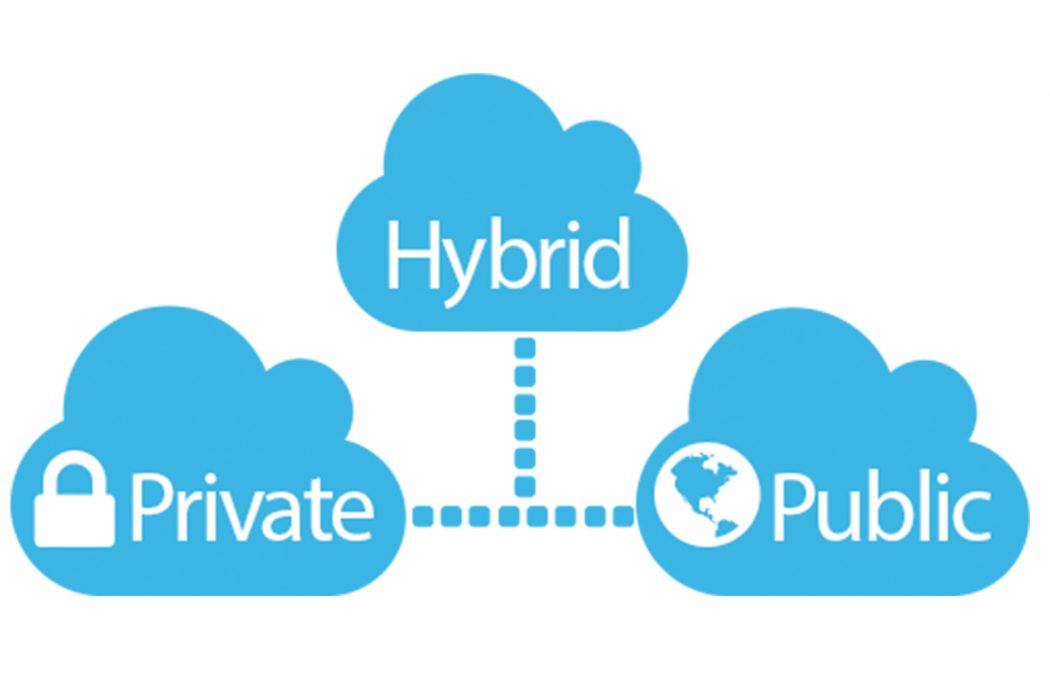
Cloud Migration Strategy
As per Gartner, cloud migration is 5 R’s:
- Rehost – Rehosting can be thought of as “the same thing, but on cloud servers”. Companies that choose this strategy will select an IaaS (Infrastructure-as-a-Service) provider and recreate their application architecture on that infrastructure.
- Refactor – Companies that choose to refactor will reuse already existing code and frameworks, but run their applications on a PaaS (Platform-as-a-Service) provider’s platform – instead of on IaaS, as in rehosting.
- Revise – This strategy involves partially rewriting or expanding the code base, then deploying it by either rehosting or refactoring (see above).
- Rebuild – To “rebuild” means rewriting and re-architecting the application from the ground up on a PaaS provider’s platform. This can be a labor intensive process, but it also enables developers to take advantage of modern features from PaaS vendors.
- Replace – Businesses can also opt to discard their old applications altogether and switch to already-built SaaS (Software-as-a-Service) applications from third-party vendors.
Benefits
The following are a few of the ways your organization can benefit from migrating data and workloads to the cloud:
- Scalability: The cloud removes the physical constraints to scalability and reduces the financial limitations of adding servers and the supporting infrastructure to a data center.
- Cost-effectiveness: The cloud lets you pay for only the capacity you use. Instead of adding on-premise capacity to anticipate scalability you may or may not need, with cloud, you pay only for the capacity you need now and scale on demand when you need to.
- Security: Clouds typically are secure environments that comply with applicable industry standards and government regulations. They are protected through security solutions and tools, best practices, and policies that cloud providers update as needed on a regular basis and at scale.
- Accelerated adoption: Migrating applications to the cloud allows your company to adopt new technologies faster, while also enabling affordable, just-in-time technology adoption in response to business opportunities.
In short, enterprises typically migrate workloads to a cloud to improve operational performance and agility, workload scalability, and security.
